✕
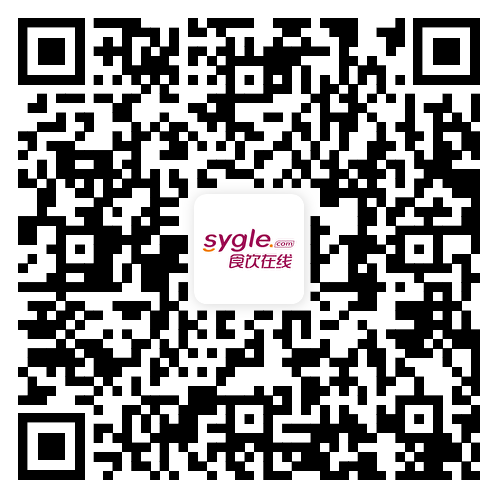


✕

Tag:food dyes facts 2025-02-08 10:59
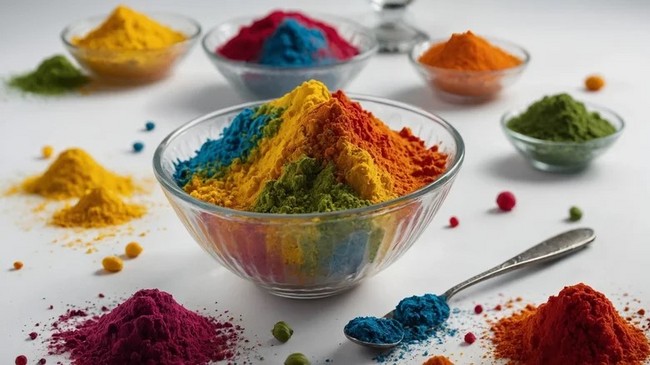
Iqbalgrapher/Shutterstock
The flavor of food is highly important to satisfaction, but don't discount the impact that its appearance can have on your taste buds. Specifically, the color of food can affect your flavor perceptions or even create a negative association in your mind when it doesn't match the anticipated taste. Because of this phenomenon, artificial dyes are often added to foods to make them more appealing.
The first synthetic food coloring was developed in the 1850s as a means to avoid the cost of more expensive natural food dyes. As more synthetic dyes became available, it was discovered that some contained harmful ingredients. To keep consumers safe, the Pure Food and Drug Act was implemented in 1906 to prohibit the use of dangerous additives, including dyes. Next came the Federal Food, Drug, and Cosmetic Act of 1938. This legislation gave power to the the Food and Drug Administration pertaining to the regulation of food dyes and additives along with consumables in general. Over the years, certain food color additives were deemed unsafe for consumption, including Butter Yellow, Orange No.1, Violet No. 1, Green No. 2, and most recently, Red No. 3. While there are plenty of natural substitutes that can replace artificial food coloring (such as matcha and beetroot powder), they may lack the potency and convenience of artificial additives.
Butter Yellow
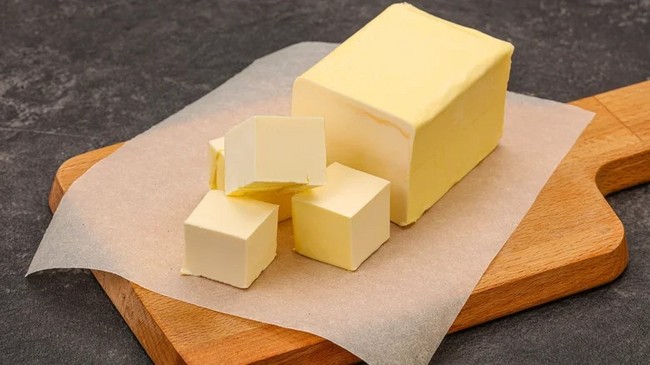
Lizuca Hila / 500px/Getty Images
Butter Yellow, an artificial dye used to color (you guessed it) butter and margarine, was delisted by the FDA before the passing of the Food, Drug and Cosmetic Act of 1938. The color of butter and margarine was a hotly contested topic in the 19th century, and the dairy industry lobbied against yellow margarine due to concerns that the butter substitute would supplant the real product on dinner tables. It's not explicitly stated why Butter Yellow was removed from the list of accepted synthetic food dyes, but research shows that it's a possible human carcinogen.
There's actually a scientific reason for the yellow color of butter: Beta carotene present in grass leaches into the milk used to make butter, becoming more prevalent during the butter production process. However, cows that aren't exclusively grass-fed will produce milk with less beta carotene. Accordingly, some manufacturers also use annatto, an extract derived from achiote trees that grow in South and Central America, to make butter appear a richer shade of yellow.
FD&C Orange No.1
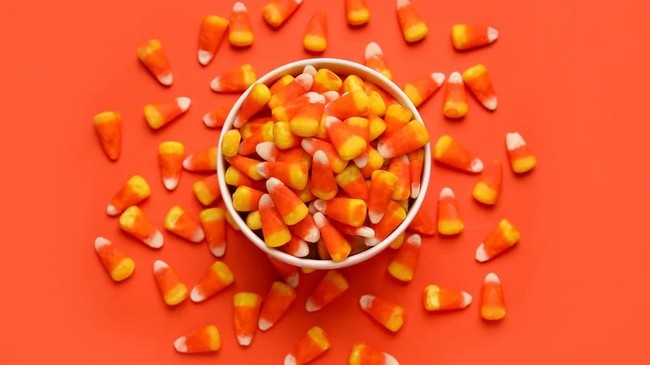
Pixel-Shot/Shutterstock
According to the official regulatory listing posted by the FDA, FD&C Orange No.1 (note that the FD&C refers to "Food, Drug, and Cosmetic") was determined to be "not harmless" and was banned as a result. The dye was outlawed as part of the Color Additive Amendments of 1960, which targeted dyes that couldn't be deemed safe by scientific data for delisting. The additive was later designated for external use under the name D&C ("Drug and Cosmetic") Orange No. 3, but that dye was also delisted by the agency.
However, problems with the additive were identified well before the ban. Orange-colored Halloween candy containing FD&C Orange No.1 was believed to be the cause of illness in numerous children in 1950, which is likely what put the food dye on the radar of government officials concerned about the safety of additives in food. Children affected by the synthetic dye experienced symptoms like rashes and diarrhea.
FD&C Violet No. 1
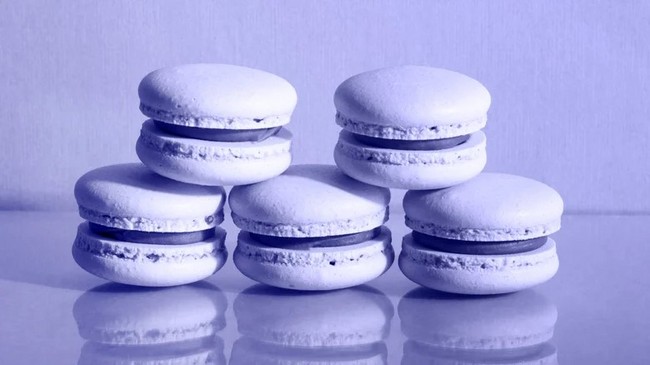
Svetlana Lavereva/Getty Images
FD&C Violet No. 1 was banned by the FDA in 1973 due to concerns about the additive being a potential carcinogen. Japanese research studies conducted on female rats established a link between the dye and cancer. However, FDA-conducted tests on male rats showed no such link, ultimately leading to agency to deem the additive safe in the absence of other scientific research. Violet dye was used in drinks, cakes, candy, and the USDA's stamp for meat inspections. Before its use in food, the dye was designated for use in drugs and cosmetics but was delisted for those purposes in 1950.
While FD&C Violet No. 1 is now prohibited, there's a natural alternative that can infuse foods with purple coloring. Ube, a type of yam often grown in the Philippines, is known for its brilliant purple shade and sweet yet nutty flavor profile. This yam is used in many commercial items, including an assortment of beloved Ube-based products such as ice cream and tea cookies found at Trader Joe's.
FD&C Green No. 2
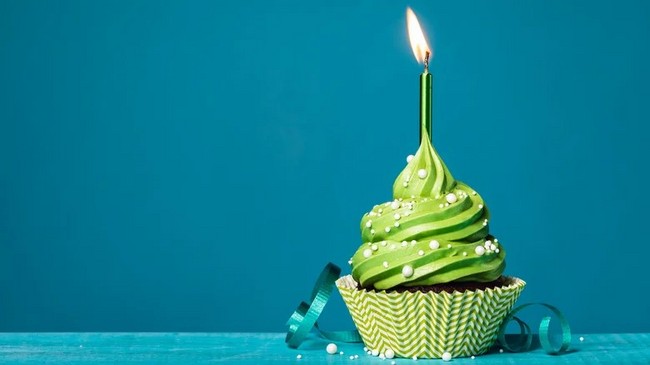
JFunk/Shutterstock
FD&C Green No. 2 was also known by the names C.I. Acid Green 5, Light Green SF, and Light Green SF Yellowish. It's not entirely clear why the dye was banned, but a research study conducted in 1966 found a link between Light Green SF Yellowish and other green dyes and the occurrence of injection-site soft tissue tumors called fibrosarcomas in rats when subcutaneous injections were administered. There's not much information on applications of the dye, but it was likely used in foods like cereal, maraschino cherries, gelatin-based desserts, baked goods, confections, sherbert, and ice cream.
While FD&C Green No. 2 is no longer used, another type of green food dye called FD&C Green No. 3 has been permanently listed by the FDA. Despite its purported safety, this dye has also been subject to some controversy. According to research studies performed on rats, the additive possibly caused an increase in bladder tumors.
FD&C Red No. 3

Yuriyzhuravov/Getty Images
As the most recent banned color additive, the FDA states that FD&C Red No. 3 will no longer be accepted in food after January 15, 2027. However, drug manufacturers will have until January 18, 2028 to cease using the additive. According to the USDA's database, a wide variety of foods contain this additive, including icing, candy, cakes, dessert toppings, condiments, sausage, fish, juice, and vegetables.
Although there are no links between cancer in humans and FD&C Red No. 3, a component of the Color Additive Amendments of 1960 known as the Delaney Clause (named after House Representative and food safety pioneer James Delaney) states that any substance found to have caused cancer in humans or animals must be banned. Studies show that exposure to high levels of FD&C Red No. 3 appear to cause cancer in male laboratory rats.
This isn't the first artificial red dye to be on the chopping block, as Red No. 2 was banned in 1976 due to it being potentially carcinogenic. This decision led to red M&Ms being pulled from the market, even though the additive wasn't used in the product. The manufacturer was so concerned that consumers would forgo the product all together that it nixed the red candies. Red M&Ms were eventually reintroduced in 1987.
Coke's Hottest Seller Has Nothing To Do With Soda
Think Twice Before Using Extra Virgin Olive Oil When Grilling Your Steak
The Milk Brand That Lasts Longer Than Other Milks And Why
The Beloved Chicken Restaurant With A Fish Sandwich Only Available Once A Year
About Us Terms of Service Privacy Policy Contact Us
Hotline(+86)17301604571
 Enterprise WeChat
Enterprise WeChat
for Client Service
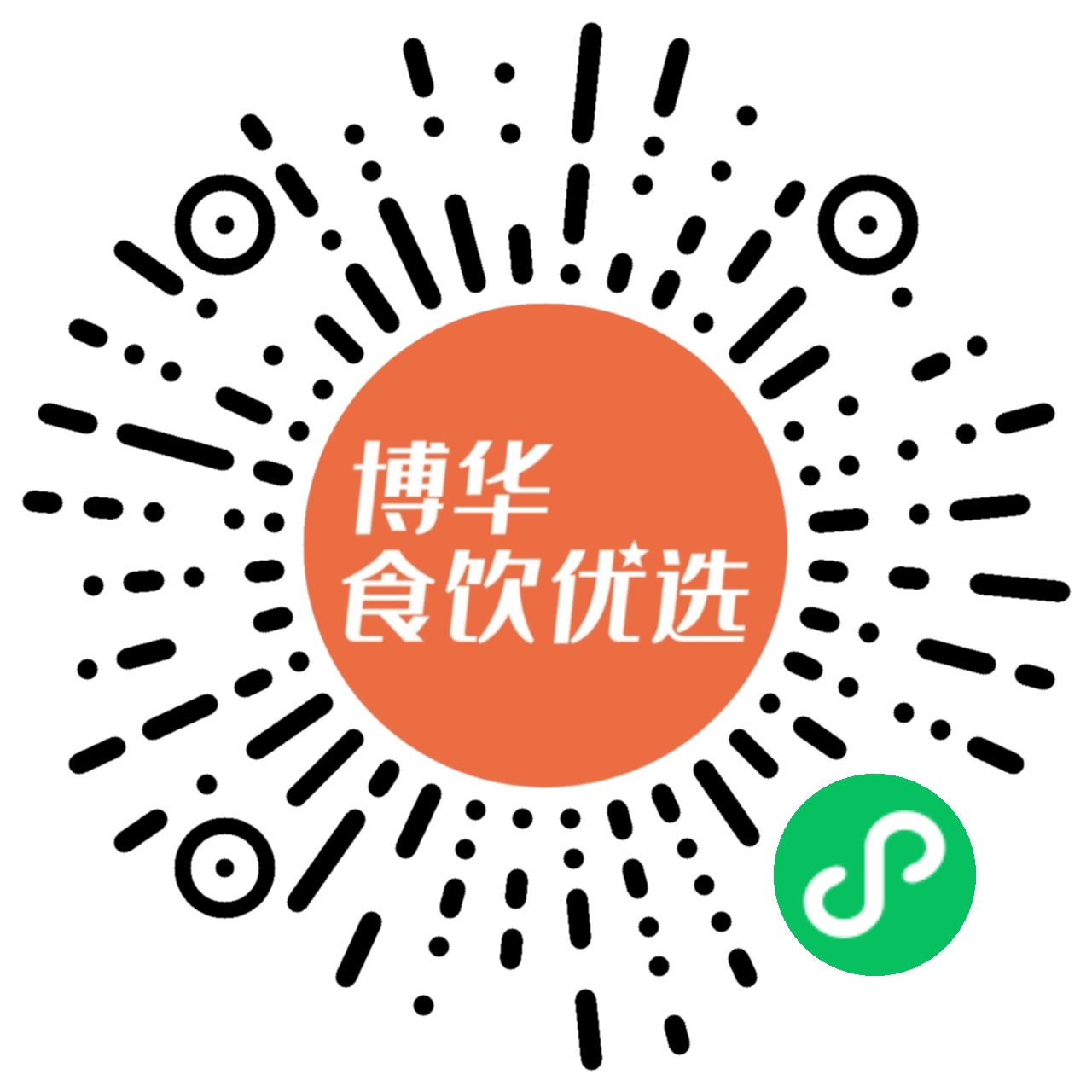 EZBuy
EZBuy
WeChat APP
Sinoexpo Digital Platform
Shanghai Sinoexpo Informa Markets International Exhibition Co., Ltd. All rights reserved
沪ICP备05034851号-77
 沪公网安备31010402000543号
沪公网安备31010402000543号